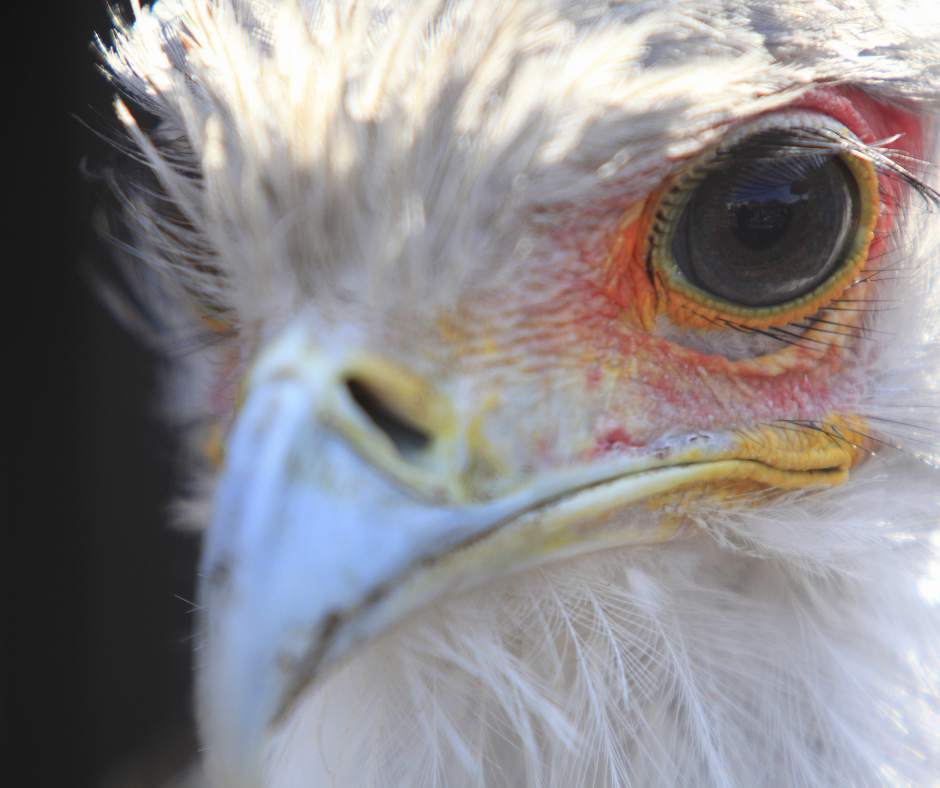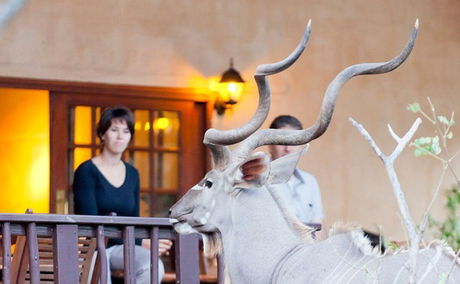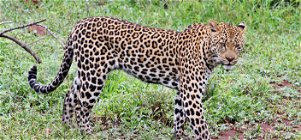Yes, you can enjoy a safari with elderly parents! Discover how to make your Kruger Park trip safe, comfortable, and magical from Needles Lodge in Marloth Park.
An Icon of the African Savanna
Tall, elegant, and utterly distinctive, the Secretarybird (Sagittarius serpentarius) strides across the African plains like a courtly diplomat on an urgent mission. With its long legs, regal crest, and sharp-eyed gaze, it doesn’t look like your typical bird of prey—and that’s because it isn’t.
While most raptors rule the skies, the Secretarybird hunts on foot, marching across open grasslands with measured, purposeful steps. And when it finds its quarry, it becomes a deadly dancer—stomping, striking, and subduing with ruthless precision.
What’s in a Name? Feathers and Folklore
The name “Secretarybird” is steeped in colonial curiosity. Early observers likened the bird’s long quill-like feathers, which protrude from the back of its head, to the pens carried behind the ears of 18th-century clerks. Combine this with a sleek, grey-and-black "suit" of feathers and you have the image of a well-dressed secretary on a stroll through the veld.
In truth, these feathers serve more than a fashion purpose. Like a peacock’s crest or an eagle’s hackles, they are used in visual displays during courtship and territorial behaviour, enhancing the bird’s already striking appearance.
Built to Stalk, Not Soar
While Secretarybirds are fully capable fliers and roost in trees, they spend the majority of their lives on the ground. With legs making up over half their body height, they can stand over 1.3 metres tall, making them the tallest raptor in Africa. Their gait is graceful, and they can cover more than 30 kilometres a day in search of food.

Snake Slayer Extraordinaire
The Secretarybird is perhaps best known for its legendary ability to hunt and kill venomous snakes. From puff adders to cobras, few reptiles stand a chance against those powerful legs and blunt-force stomping strategy.
Using their long legs and heavy, scaled feet, Secretarybirds strike with lightning speed, delivering precise blows that can stun or kill in a single hit. It’s not unusual to see one tossing a snake into the air, disorienting it before going in for the kill.
Their legs are armour-plated and adapted to withstand bites and scratches. Though attacks are still risky, the Secretarybird’s agility and aim usually keep it a step ahead.
What’s on the Menu?
While snakes are their most famous prey, Secretarybirds are opportunistic feeders. Their diet includes:
- Lizards, rodents, and small mammals
- Insects, especially grasshoppers and beetles
- Small birds and nestlings
- Tortoises (yes, they can break open shells with repeated stomping)
- Occasionally, carrion
With such a varied palate, Secretarybirds play an important role in maintaining the balance of grassland ecosystems—controlling pests and keeping reptile populations in check.
Courtship, Nesting, and the Sky Ballet
Secretarybirds form monogamous pairs, often staying together for life. Their courtship involves aerial acrobatics that defy their usually terrestrial lifestyle—dramatic flights, swooping dives, and loud cackles that echo across the plains.
Nesting takes place in the tops of flat-topped acacia trees, where both parents build a large platform nest of sticks. They’ll raise one to three chicks, feeding them regurgitated meat until the young are ready to fledge at around 75–80 days.
Despite their size and strength, Secretarybird populations face threats from habitat loss, poisoning, and disturbance. As of recent assessments, they are listed as Vulnerable on the IUCN Red List—a stark reminder that even the most majestic hunters need protection.
Birding in Kruger and Marloth Park
If you're an avid birder, the Secretarybird is a top target on your checklist. Best spotted in open grassland or lightly wooded savanna, they can be found during early morning game drives when temperatures are cooler and prey is active.
Our birding drives in Kruger offer guests a chance to explore prime Secretarybird territory, particularly in the central and southern regions of the park. Keep your binoculars ready—you might just catch the sight of one striding across the veld like a sentinel.
Secretarybird vs. Martial Eagle: Different Hunters, Same Majesty
Both raptors, both magnificent, but worlds apart in hunting style. While the Martial Eagle rules from the skies with power dives and talon strikes, the Secretarybird rules the land with stealth, speed, and stomping precision.
It’s a rare treat to witness both in a single day—but not impossible. The contrasting hunting techniques of these two iconic birds provide a brilliant window into the diversity of Africa’s predators.
We always recommend guests keep their cameras close and join one of our guided tours into Kruger National Park. Whether you’re chasing the Big Five or looking for the feathered rarities, every game drive offers the chance of an unforgettable sighting.
For families and photography lovers, the Secretarybird is a sight to see—majestic, animated, and full of character.
Did You Know?
- Secretarybirds can kick with a force five times their own body weight—an adaptation for dispatching prey.
- They are the national emblem of Sudan and feature on many African coats of arms.
- Their scientific name, Sagittarius serpentarius, literally translates to "the archer of snakes," a nod to their legendary hunting prowess.
- Their call is a guttural croaking sound, often heard during territorial displays.
- Scientists study the powerful, stomping hunting technique of the Secretarybird to better understand how extinct, giant "terror birds" (Phorusrhacidae) might have hunted their prey.

Quick Facts: Secretarybird
- Scientific Name: Sagittarius serpentarius
- Height: 1.2–1.4 metres (tallest raptor in Africa)
- Wingspan: Up to 2.1 metres
- Weight: 2.3–5 kg
- Diet: Snakes, insects, rodents, birds, lizards
- Habitat: Open grassland and savanna
- Status: Vulnerable (IUCN Red List)
- Range: Sub-Saharan Africa, especially eastern and southern regions
A Final Thought from the Veld
Few animals straddle the line between the comical and the regal quite like the Secretarybird. With their exaggerated proportions, quirky gait, and fearsome hunting tactics, they are walking contradictions—deadly yet dignified, elegant yet eccentric.
To watch one move across the savanna is to witness a ballet of the bush, choreographed by evolution and perfected by purpose.
So, next time you're out on a safari or gazing across Kruger’s golden plains, keep an eye out for Africa’s most peculiar predator. The stalking raptor on stilts may just be marching into view.







Share This Post